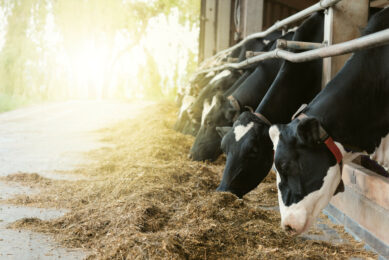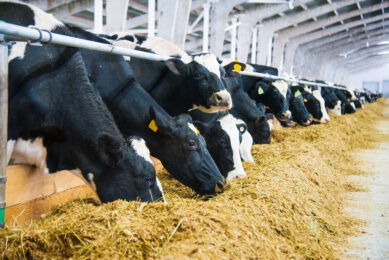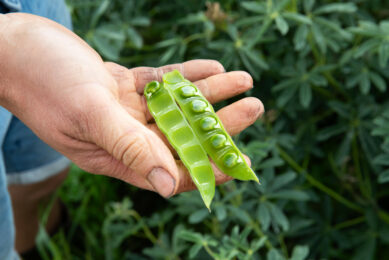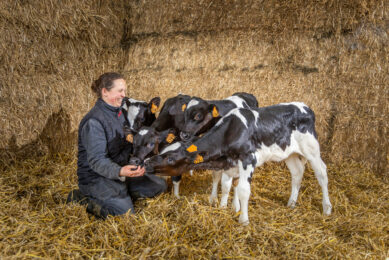Hard butter, hard questions
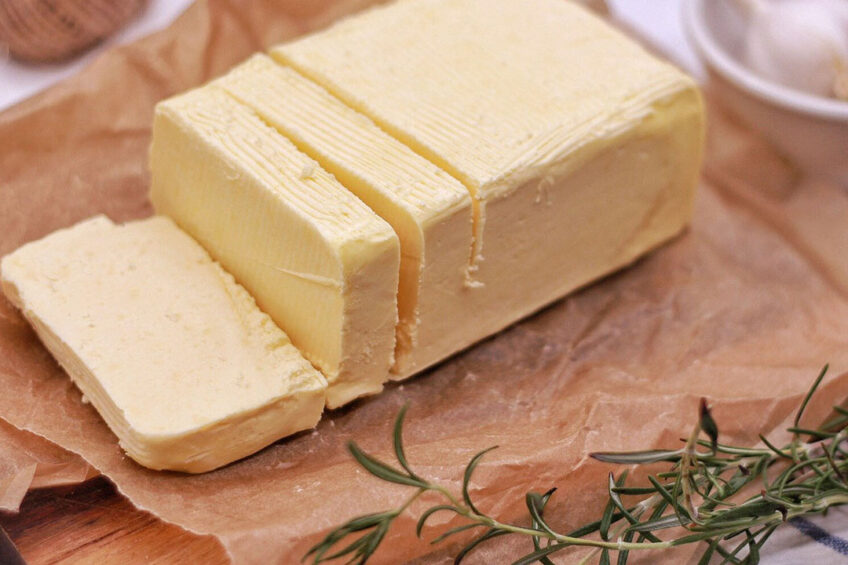
Canadian dairy farmers are under fire for feeding palm oil to their cows in order to produce more butter, which is in hot demand for home baking during this pandemic. However, it’s made the butter harder at room temperature, and lit another firestorm of controversy about public trust in the food system.
The so-called ‘Buttergate’ controversy in Canada has caused serious headaches for dairy farmers there, but they hope the actions they are taking now will put it behind them for good. It is a situation bursting with lessons about public trust in the food system, in Canada and around the world.
It all started with the pandemic. In Canada and beyond, the requirement to stay at home has caused many people to do much more cooking and baking than they did before. Demand for butter (mostly used in the home but also in fine restaurants) therefore spiked, at over 12% of typical demand in 2020, according to Dairy Farmers of Canada (DFC). To meet this demand, last year some Canadian dairy farmers began feeding palmitic acid (or increased the amount they fed), an ingredient which allows dairy cattle to produce milk with a higher fat content.
However, this had an unintended consequence of marketing butter, at least in some parts of the country, that doesn’t soften like normal butter does at room temperature.

By late 2020, observations were starting to appear online. Dr Sylvain Charlebois, by now arguably one of Canada’s most well-known food industry analysts (and senior director of the Agri-Food Analytics Lab at Dalhousie University) tweeted about the situation in December. But it was in February 2021 that the story blew up. As reported on the BBC website, in the Globe and Mail newspaper and on Twitter, Canadian cookbook author Julie Van Rosendaal posed questions to the public about their butter and the response was huge.
Media outlets then picked up the story, and in late February, Charlebois wrote an article in which he states a belief that most of the country’s butter has definitely gotten harder.
 Global market prices
Global market prices
Overview of prices for: raw milk, dry whey, skimmed milk powder, cheese and butter, as well as global dairy trade and world prices for dairy products. Stay up-to-date…
He also explains that whilst palm fat is a legal ingredient for dairy cattle feed, ingestion can increase risk of heart disease in humans. He adds that “the effects of palm oil production on the environment, health and lives of Indigenous people in different parts of the world are well documented and deeply concerning.”
Otherwise not aiming to be popular with Canada’s dairy industry, which he notes is heavily subsidised by taxpayers, Charlebois also said “let us hope the dairy industry can clean itself up before its moral contract with Canadians is permanently damaged.”
Response from industry
In response to this crisis, the dairy producers association in Quebec called for a stop to using feed ingredients containing palm oil or its derivatives. Agropur, a large dairy co-operative based in Quebec, stated that it welcomed the decision and that it’s “actively involved in discussions with the dairy farmers’ associations and its customers and consumers about palm oil.”
Canada’s supply management system: A hot topic
Is the Canadian dairy industry competitive and sustainable? The recent report Supply Management 2.0 suggests it is not and proposes a 4-step plan to improve the industry.
For its part, DFC’s first response was to release a statement explaining that feeding palm oil products “helps provide energy to cows and no undesirable effects have been identified arising from its use.” Shortly thereafter, the organisation issued a recommendation that producers stop feeding it to their cows, and that the ingredient would undergo a full scientific assessment.
However, University of Saskatchewan Professor Emeritus David Christensen explained in a March 2nd CBC article that without palm oil or its derivatives, Canadian dairy farmers will have few options. There’s no supplement as effective as palmitic acid, he noted, in boosting milk fat to meet the requirements for butter.
Public trust damaged?
This situation raises multiple serious public trust issues.
One of these is that Canadians have been surprised and upset that the composition (and useability) of a traditional product has been changed without their involvement or consent – and with an ingredient shown to increase heart disease risk and which in some parts of the world, involves unsustainable practices. They have been, in other words, consuming fats that they did not wish to consume, and unwittingly spending tax dollars to subsidise an industry that has not been up front and has potentially risked their health.
Global market prices
Overview of prices for: raw milk, dry whey, skimmed milk powder, cheese and butter, as well as global dairy trade and world prices for dairy products. Stay up-to-date…
Canadian consumers have also been surprised that an imported ingredient is being fed to cattle to increase milk fat level; they had perhaps perceived Canadian butter as a product wholly Canadian (with all-Canadian feed ingredients, grown on Canadian farms) but that was not the case in 2020.
John Jamieson, president & CEO of the Canadian Centre for Food Integrity (CCFI), can provide some comments on the impact of this controversy on public trust in the food system. CCFI provides the Canadian food system with research, resources, training and dialogue service, to “empower [those in it] to meaningfully engage with their most important audiences on issues that matter.”
Since being confined to our homes more over the past year, Canadians are cooking and baking at home more and we appear to have a renewed interest in the food we are consuming, how it is produced and where it comes from,” Jamieson explains.
“Canadian consumers reading through the numerous stories about the consistency of butter may have valid questions about the milk production practices of our dairy farmers in Canada and how these practices relate to the quality and safety of the products… Unfortunately, the myriad of opinions and speculation on the topic may be confusing to consumers as they try to sort out who is a trusted source of information to make the most informed decision when it comes to their butter.” Jamieson says the challenge of finding who is a trusted source of information “is really where the damage to public trust will be.”
He adds, however, that there is no evidence that someone willfully changed the composition of butter without informing the consumer and that he has read several articles from independent researchers stating that the composition of butter can be changed because of many different factors.
Looking to the future
Jamieson believes that “if the sector takes a candid approach and admits wrongdoing, most people will accept this. The sector then needs to follow with corrective actions. I do not think the public expects perfection, but I do think they expect progress, a commitment and actions that lead to continuous improvement. I also believe that the food industry is only as good as its weakest link.”
Sustainable dairy farming, the bigger picture
If you were to describe the future of agriculture in one word, what would that word be? Many would choose the word ‘sustainable’. The global consumer-lead sustainability movement has brought real changes in science, practice, and policy, but what does it mean for the dairy nutritionist?
He believes also that this particular breach of trust “is being repaired correctly with the response from the dairy sector to complete a thorough examination on the product. This is a market issue and if consumers are not prepared to accept the use of palm fat in cow’s diets, then it will be removed and replaced with an alternative product.”
Meanwhile, Charlebois reports that technology is being developed that will allow dairy processors to detect palmitic acids in the milk they receive.
Overall, it seems, no matter the result of the DFC review, that palmitic acid may be on the way out as a dairy cow feed ingredient in Canada. How much public trust has been lost remains to be seen.
Join 13,000+ subscribers
Subscribe to our newsletter to stay updated about all the need-to-know content in the dairy sector, two times a week.



